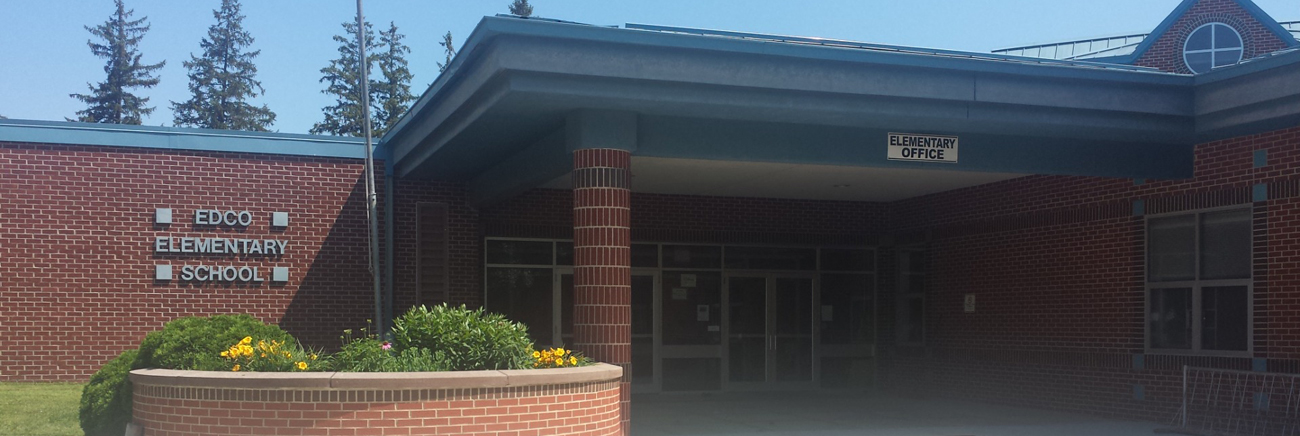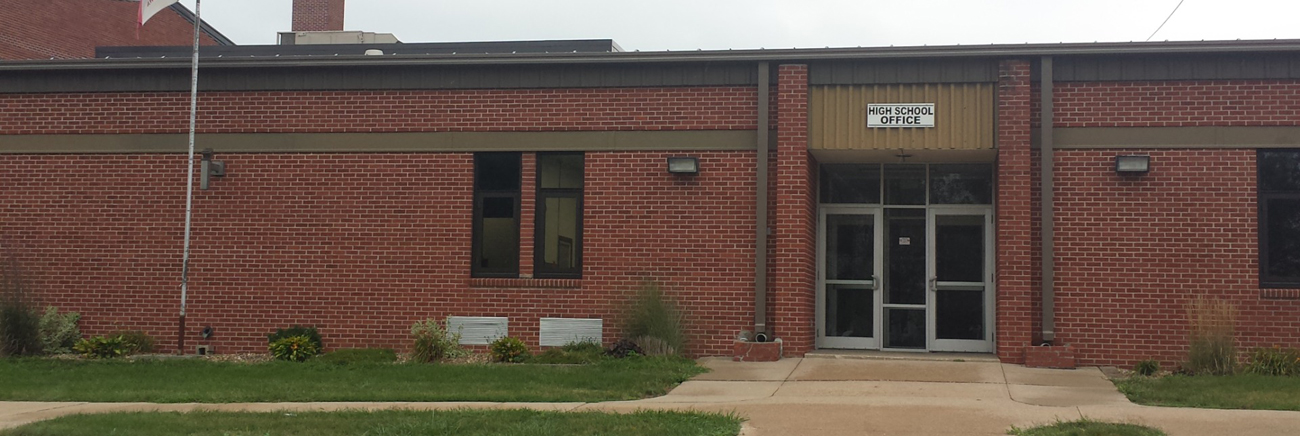Common Questions: Iowa School Performance Profiles
What impact did Iowa’s new state test have on Iowa School Performance Profiles results?
Statewide proficiency rates were lower in 2019, as expected, because students took a new, more challenging state test. However, there was not a significant impact on school scores and ratings in the Iowa School Performance Profiles. Fewer Iowa schools were identified for Targeted Support and Improvement. This is because many schools that were Targeted based on 2017-18 performance improved in the following year. In addition, there was not a significant shift in the overall distribution of schools by rating category, although the share of schools in the bottom three rating categories increased by about 2 percent.
|
# Schools by ESSA Rating by Year |
||||
|
Rating |
2018 |
2019 |
||
|
# |
% |
# |
% |
|
|
Priority |
44 |
3.4% |
47 |
3.6% |
|
Needs Improvement |
147 |
11.3% |
148 |
11.4% |
|
Acceptable |
421 |
32.3% |
443 |
34.2% |
|
Commendable |
498 |
38.2% |
435 |
33.6% |
|
High Performing |
165 |
12.7% |
197 |
15.2% |
|
Exceptional |
27 |
2.1% |
25 |
1.9% |
|
Total |
1,302 |
100.0% |
1,295 |
100.0% |
How is it possible that lower overall proficiency rates did not impact school accountability across the board?
Iowa’s school accountability system includes standardized scores. This is designed to create fairness and comparability in the scoring system by ensuring that schools without all the measures are treated the same as schools with all measures. For example, without standardization, a small school district could be at a disadvantage because it doesn’t have enough students to be measured and scored for English Language Proficiency. This standardization recognizes that while overall school performance is important, the score is driven by how one school stacks up to another.
If Targeted schools receive support on a three-year cycle, how is it possible that there are fewer of them in Year 2 of the Iowa School Performance Profiles?
Fewer overall schools received this designation based on performance. Those schools that were identified for Targeted Support and Improvement in 2018 and improved so that they no longer had a student subgroup performing in the lowest 5 percent of schools will remain “Targeted” for support purposes only.
How can growth be measured across the new and old state test, particularly when the new test is more difficult and measures new content, such as writing?
Iowa’s measure of student growth is based on student growth percentile, which compares students’ assessment scores with those of their peers (students at the same grade level with similar assessment scores) over a period of three years. With a range of 1 to 99, higher numbers represent higher growth and lower numbers represent lower growth. For example, a student growth percentile of 85 means a student showed more growth than 85 percent of his/her academic peers. One benefit of student growth percentile is that it can calculate growth through a transition in state assessments, which Iowa experienced in the spring of 2019.
For school accountability purposes, student growth percentile was calculated using 2018-19 reading scores from the new Iowa Statewide Assessment of Student Progress along with 2017-18 reading scores from the former Iowa Assessments.
If more students took the Conditions for Learning survey in 2019, why did fewer grade levels count toward accountability?
Conditions for Learning is a student survey that measures perceptions of safety, engagement and learning environment. The survey was first administered in 2018 to students in grades 5 through 12, with a plan to expand to students in grades 3 and 4. In 2019, two versions of the survey were developed – one for grades 6 through 12, and one for grades 3 through 5. While all schools received their survey results, only those for grades 6 through 12 count toward accountability while the Department works to address reliability issues with the grades 3-5 version of the survey.
Why did Conditions for Learning results decline for many schools? Does this mean schools are less safe or supportive?
Not necessarily. We know that schools are working hard to provide safe, supportive learning environments for children. The Conditions for Learning measure provides important, actionable feedback to schools and communities while giving students an important voice in efforts to improve learning conditions.
The Iowa Department of Education has not identified factors behind the 2019 Conditions for Learning results.
Why didn’t the Conditions for Learning results have more of an impact school ratings and designations?
The Conditions for Learning measure represents a small part of the school accountability index. Scores should not make or break a school’s overall results; rather, they are designed to help schools identify secondary contributors to poor academic results.
Why did Iowa switch to including the performance of students enrolled in part of a school year instead of a full school year?
Under the No Child Left Behind Act, school accountability in Iowa and other states factored in the performance of students enrolled for a full academic year. ESSA requires states to include partial attendance, or students enrolled for part of a school year. Iowa chose to implement this requirement in 2019, when all school districts administered the state test within the same testing window for the first time (ISASP must be given in the spring). In Iowa, partial attendance is defined as enrollment for at least 110 weekdays during a school year.






